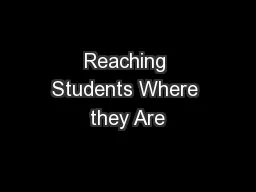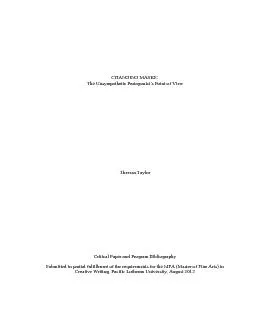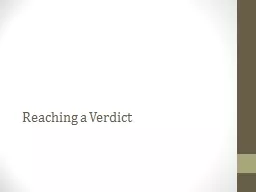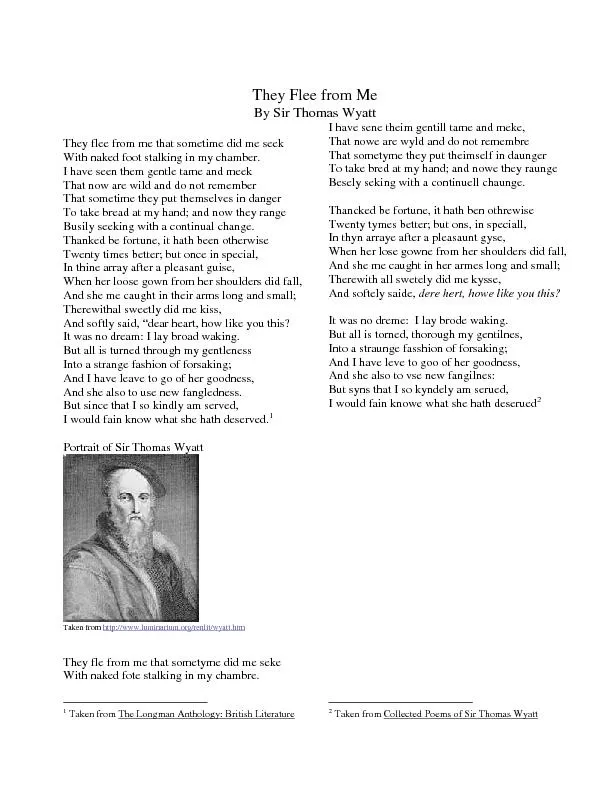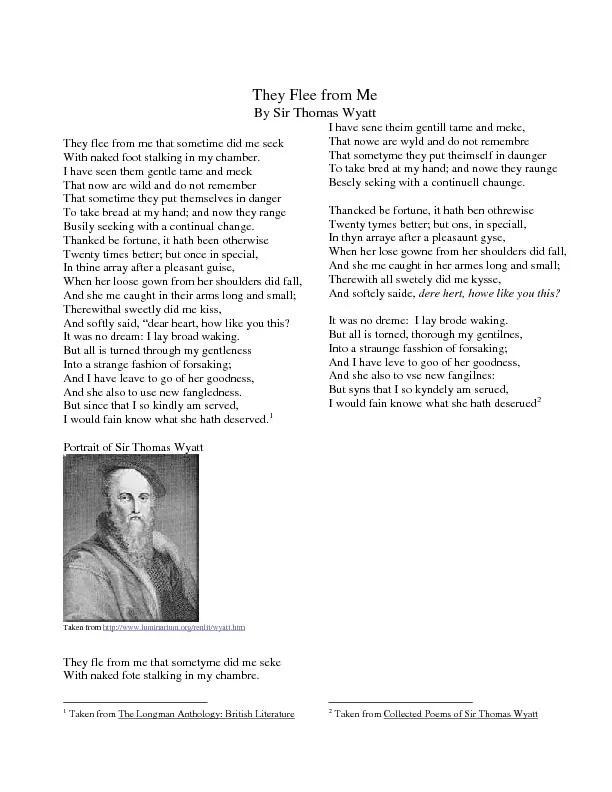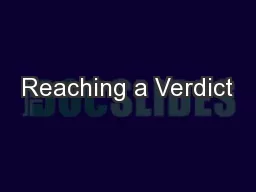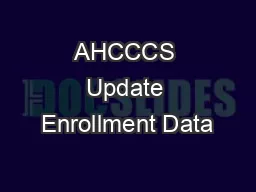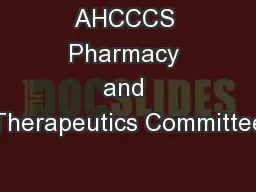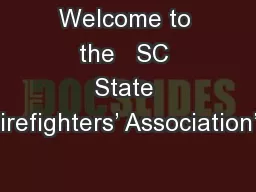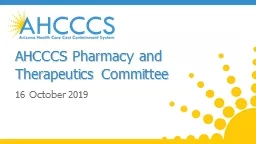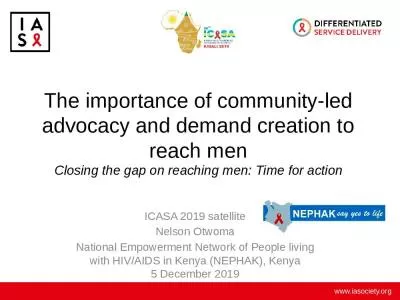PPT-Reaching Students Where they Are
Author : pamella-moone | Published Date : 2018-10-24
to Achieve a Deeper Learning The StoRY of SGCO 1000 SGCO 1000 1hour inst credit SGCs FYE Program Context Course Background and Architecture Reaching Students Where
Presentation Embed Code
Download Presentation
Download Presentation The PPT/PDF document "Reaching Students Where they Are" is the property of its rightful owner. Permission is granted to download and print the materials on this website for personal, non-commercial use only, and to display it on your personal computer provided you do not modify the materials and that you retain all copyright notices contained in the materials. By downloading content from our website, you accept the terms of this agreement.
Reaching Students Where they Are: Transcript
Download Rules Of Document
"Reaching Students Where they Are"The content belongs to its owner. You may download and print it for personal use, without modification, and keep all copyright notices. By downloading, you agree to these terms.
Related Documents

